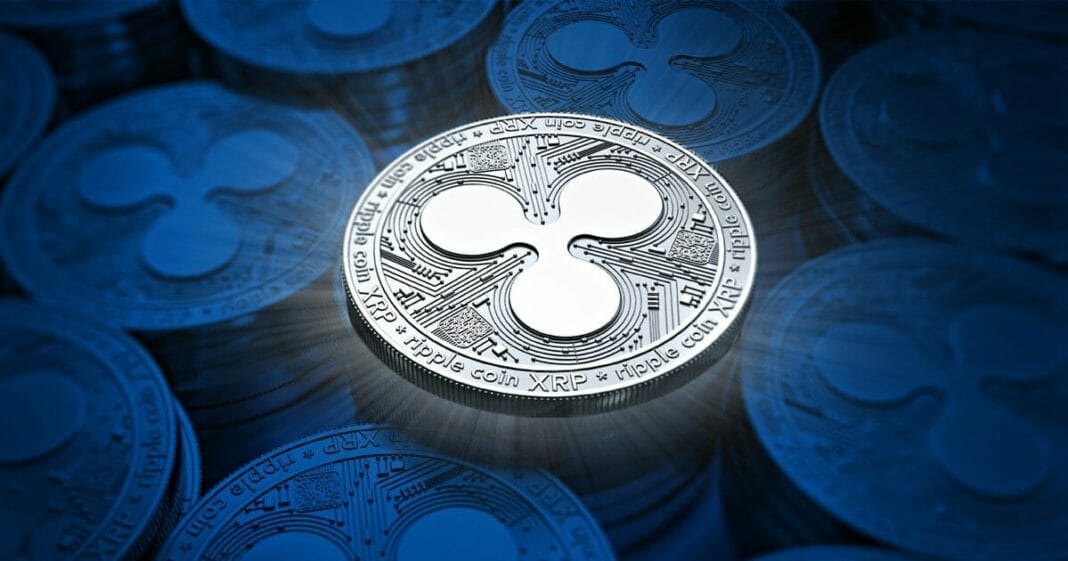Edo Farina’s theory presents a dramatic reimagining of Ripple’s origins, suggesting that its development is not a product of the modern digital age but the latest evolution of a banking legacy that has shaped financial systems for centuries.
Edo Farina is a prominent figure in the XRP community, known for serving as Head of Social Adoption at Farina’s extensive research into the origins of Ripple and XRP has unearthed a theory that suggests a lineage linked to a centuries-old banking dynasty.
Through a detailed presentation on X (formerly Twitter), Farina posits that the creation of XRP is the culmination of a meticulously crafted legacy, with the goal of positioning it as the global currency of the future. “I’ve been digging this rabbit hole for over 7 years,” Farina revealed, adding that “The deeper I dug, every piece of evidence has always suggested that XRP is THE one. The chosen world currency. The Fenix.”
The Uncovered History of Ripple?
According to the official history, Ripple was founded by Ryan Fugger in 2004, and the project then evolved into OpenCoin in 2012 thanks to the efforts of Chris Larsen and Jed McCaleb, before finally being renamed Ripple Labs Inc. in 2013, and simply Ripple two years later.
Farina questions this timeline, pointing to a 1991 registration by Ripple Communications, a name closely associated with Ryan Fugger and linked to the Intelligence and National Security Alliance (INSA).
“Suzanne Wilson-Houck, former VP of Marketing at Ripple and appointed CEO of INSA in 2010. Interestingly, from September 2010 to October 2012 she was at Ripple Communications. He left Ripple Communications in October 2012, just as Jed purchased the http://Ripple.com domain and the Ripple Communications trademark, Ripple Communications disappears,” Farina clarifies, suggesting deeper connections and a more intricate backstory than previously known.
The Fugger Family Connection
The most provocative of Farina’s claims is Ryan Fugger’s alleged lineage to the Fugger family, a banking dynasty that dominated the European economy in the 16th century and was instrumental in the rise of the House of Habsburg.
Farina states: “Ryan Fugger is descended from the ‘Fugger Family,’ a German family that controlled much of the European economy in the 16th century and amassed enormous wealth.” It draws parallels between the historical importance of the Fugger family, their financial innovations, and the conceptual foundations of XRP. “The Fugger family also minted their own currency (ducats) and owned approximately 1,425 kg of gold. The coins minted by the Fugger family contained a phoenix according to the National Numismatic Collection,” he notes, further linking Ripple’s past and present.
According to Farina, today the Fugger family still owns bank branches located throughout Europe. “They also control multinational banks (MNB), including the Hong Kong and Shanghai Banking Corporation (HSBC),” he added.
The Economist’s Cover and the Phoenix Symbolism
Farina also delves into the symbolism of the phoenix on the famous 1988 cover of The Economist magazine, which is interpreted as a prophetic allusion to a global currency. He links these images to the Fugger family, emphasizing the presence of a phoenix on their minted ducats and the fleur de lys on their coat of arms, symbols reflected in the magazine’s art.
“The Fugger family coat of arms is the ‘fleur de lis,’ which happens to be the crown atop the Phoenix on the 1988 Economist magazine cover. It doesn’t get any clearer than that: Ryan Fugger shares his family’s former banking influence with blockchain,” says Farina, suggesting a deliberate and historical underpinning for the development of XRP.
By Leonardo Perez











